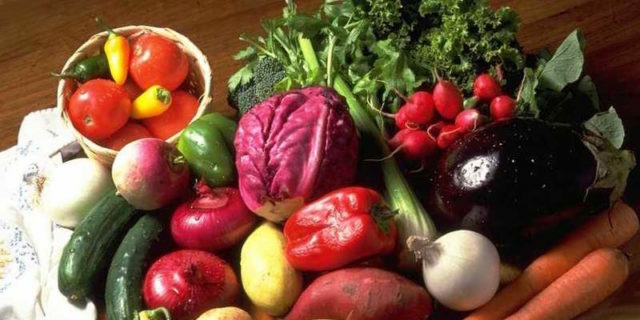
Contents of the page
- 1 What is gout?
- 2 What is the diet for gout?
- 3 Diet for gout - table of products and menus
- 4 Proven diets
Certain diseases often require correction of nutrition and maintaining the necessary balance of metabolism with a properly selected diet. Diet for gout and increased uric acid is an important stage of complex treatment, without which it is impossible to achieve full recovery.
What is gout?
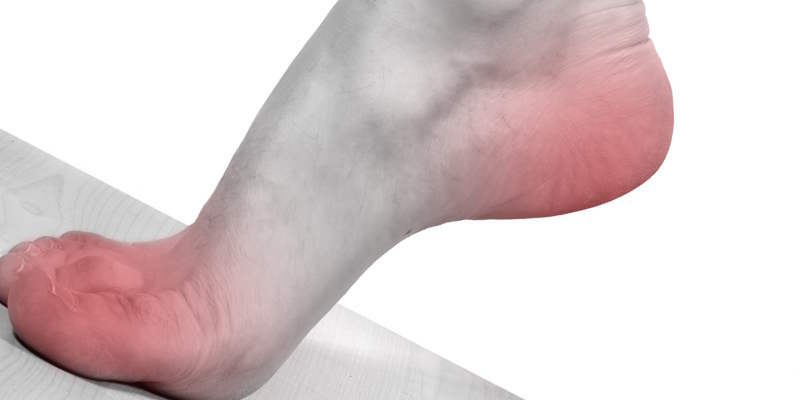
Gout is a chronic disease associated with impaired purine metabolism, which is accompanied by accelerated decay of proteins and leads to the fact that the kidneys lose the ability to remove uric acid from the body. As a result of the high concentration of this substance in the blood( hyperuricemia), urate crystals( uric acid salts) are formed, which are deposited in the joints and cause their defeat.
Gout is a disease with which humanity collided at the dawn of civilization. The first mention of this ailment is found in the written sources of Ancient Egypt. And the founder of modern medicine, the ancient Greek healer and scientist Hippocrates, first noted the relationship of gout with intemperance, excessive consumption of fatty foods, alcohol and mentioned that the manifestations of the disease are more likely to affect men.
The history of the Middle Ages confirms this opinion, gout was called "aristocrat disease" for nothing and was associated with overeating and overweight. At that time, rich people and crowned people could afford abundant consumption of meat and wine.
Accumulation of uric acid compounds and their deposition in organs and tissues during gout leads to the development of arthritis, accompanied by inflammation and swelling of the joints, restriction of their mobility, pain, development of the inflammatory process, hyperemia and swelling of the skin.
What is the diet for gout?
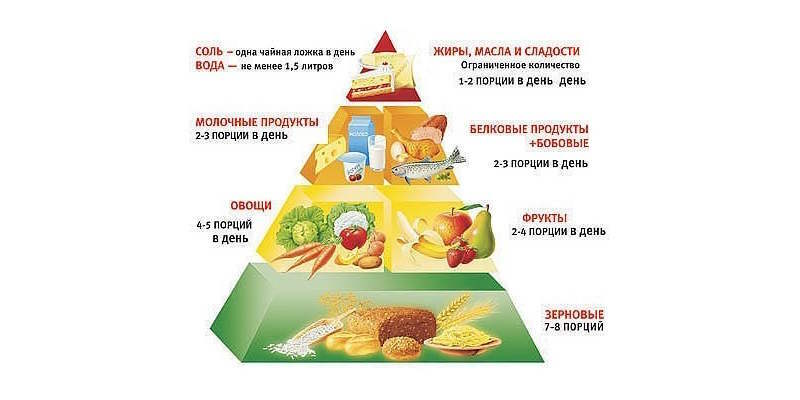
The correct diet for gout has the following objectives:
- prevents the deposition of salts( formed due to an excess of uric acid) in the joints and periosteal tissue;
- compensate for protein loss, as far as possible;
- decrease in the likelihood of exacerbations and their prevention.
The disease is similar in its manifestations to acute forms of arthritis, and in the period of exacerbation, with the highest accumulation of products of uric acid disintegration, is accompanied by intolerable attacks of pain in the joints and kidneys. Thanks to drug therapy and a properly selected diet, taking into account all the recommendations of the attending physician, you can avoid the development of painful symptoms and prevent relapse of the disease.
Diet for gout - table of products and menus
For gout, follow the dietician's recommendations for the correct composition of the daily menu. It does not hurt to own information about what should be the chemical composition of the diet and its calorie content. For example, the daily ratio of proteins, fats and carbohydrates should be as follows:
- proteins - from 85 to 95 grams, the ratio of animal proteins to vegetable - 1: 2;
- fats - from 75 to 95 grams, the ratio of animal fats to vegetable - 1: 1;
- carbohydrates - from 260 to 350 grams;
- the total energy value of the entire volume of food per day should not exceed 2000 - 2450 calories.
The basic principles of a diet for gout are as follows:
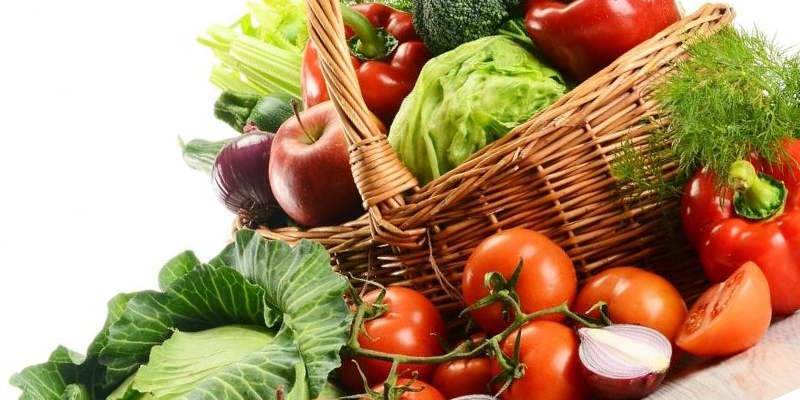
Salt should be excluded completely or substantially limited its use. Food is better to cook completely without salt and salting ready meals already on the table. Of course, from the diet should be removed pickles, marinades and most of the spices.
It is recommended to reduce the consumption of protein foods( especially red meat), as the entrenched metabolism of proteins provokes an increase in the concentration of urate. If you have excess weight, you should limit carbohydrate foods( especially baked pastries, confectionery).
The recommended calorie intake should be observed. To fast does not follow, as observance of rigid diets conducts to the strengthened disintegration of fibers and raises the maintenance of uric acid in blood. You can once a week arrange a day off - this will not cause a malfunction in the metabolism, but will improve the general well-being of the patient with gout. During the day you can eat fresh fruit, light vegetable salads, or all day you can drink kefir low in fat.
The benefits of a diet with excess weight
If a patient with gout is suffering from obesity, adherence to a diet with a restriction of carbohydrates, high-calorie and fatty foods, will help to reduce weight and improve the condition. And compliance with the recommended ratio of proteins and increasing the volume of unsaturated fatty acids in the diet will reduce the concentration of uric acid and relieve the painful bouts of pain.
With a gout, the diet will have to be observed for the rest of your life. Therefore, you need to know exactly what products are allowed to eat, and what should be excluded from the diet.
The person who first encountered any medical restrictions on nutrition, it seems that the ban applies to all the usual and inexpensive products. And what you can eat, either too expensive or tasteless. However, this is not at all the case. The average menu for gout for a week can be both inexpensive and tasty enough.
Menu for the week
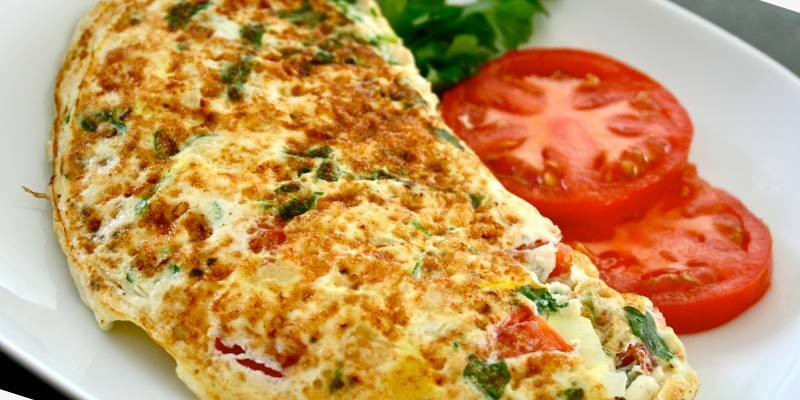
| Weekday | first breakfast | Brunch | Lunch | Snack | Dinner |
| Monday | steam omelette with herbs | Dietary cheese with candied | Green salad with apples Vegetable soup Baked fish with potatoes | banana and low-fat yogurt | Steam cutletsfrom mixed stuffing with green peas.buckwheat and lemon |
| Tuesday | Chicken fillets with vegetables | Yoghurt and sandwich with melted cheese | Vinaigrette Pink salmon soup Pasta with mushrooms and green peas | Berry jelly and rusks with raisins | Steam fish with rice and broccoli |
| Wednesday | Vegetable "balls"In cheese, for example, carrots | Sandwiches with poultry ham with addition of soybeans | Caesar salad with shrimps Vegetable borscht or beetroot Fish meatballs in a vegetable sauce with rice | Fruit tea according to tasteand ice cream from palm oil | Turkish turkey boiled with beets and mashed potatoes |
| Thursday | Oatmeal with fruit | Bananas or banana chips | Egg salad without mayonnaise Noodle soup with chicken Soy goulash in tomatoes and buckwheat | Compote of fruits and berrieswith cheeses | Boiled lean( lean) pork or beef with white beans and dill |
| Friday | Curd dumplings with berries or raisins | Sandwiches with pate from cod liver and other fish products | Vitamin safresh vegetables Egg soup with cereals Chicken fillet or turkey fillet with broccoli and cauliflower | Boiled eggs and milk jelly | Hedgehogs in milk-butter sauce or soy sauce with fresh vegetables |
| Saturday | Vegetable salad with black olives andgoat cheese | Sandwich with soya ham, vegetables, herbs | Soufflé from berries and fruits Pea soup puree Fried cheese with cowberry | Potato beans with carrot-apricot sauce and green tea | Pizza with vegetables, mushrooms and |
| Sunday | Fish balls with vegetables | Fruit salad with a predominance of apples and creamy dressing | Chicken with vegetables and greens Steamed cabbage soup Baked turkey breast with beans | Chicory and sandwich with cottage cheese | Warm salad with shrimps. Turkey meat, red beans cheese and pineapples |
At night you can drink a glass of yogurt or limit yourself to mineral water, depending on the desire and preferences.
Proven diets
To the proven diets for various diseases include the so-called tables approved in the USSR by the Ministry of Health and obligatory as a guide for places of catering, which have the status of "dietary".Also, these "tables" were used to determine the rations in sanatoriums, dispensaries and rest homes.
Therapeutic tables for patients with kidney disease have been developed somewhat, but the most popular in practice was "Diet No. 6 for gout and increased uric acid content."
The general principles of the "Sixth Table" are as follows:

- Soups are prepared without the use of fatty meat, fat, bone product for broths.
- The ration necessarily includes lean meat and lean fish. Methods of heat treatment - cooking, stewing, steaming.
- The use of cereals, pasta and bakery products is limited.
- All fresh fruits and vegetables are allowed. The ban applies to marinades and pickles, with the exception of vegetables, preserved in their own juice.
- Oil is preferably vegetable, however a small amount of melted or creamy is acceptable, for example, when extinguishing products( this is due to the difficult absorption of protein from animal oils).
- All sour-milk drinks, dairy products and dishes from them are allowed without restrictions.
- The use of juices, tea, fruit drinks, fruit compotes does not apply.
- Honey, nuts and sweets are allowed in moderation. But the ban applies to chocolate and all the foods and drinks in which it is contained.
In general, diet number six imposes restrictions only on the amount of salt,( limiting it to 5 grams per day) and prohibits chocolate, because cocoa beans load the kidneys and practically do not allow the body to digest protein.
Modern nutritionists like to process and develop the "healing tables" of the Soviet era, in particular, the table number 6 with gout is actively supplemented and constantly updated in order to maximize its adaptation to modern life realities.
As a part of the diet, there are new additions concerning what can and what can not be eaten. The list of allowed products is constantly increasing, mainly this is due to a greater variety of available products, compared to the 70-ies of the last century, when this "table" was approved for use.
Today, the list of "bans" looks like this:
- carbonated drinks, with the exception of mineral water;
- artificial drinks, which do not contain natural ingredients;
- fatty meat, fish, offal, caviar, fish preserves and canned food;
- baking, confectionery with cream;
- chips, dried squid, ready-made crackers with salt and spices and other "beer" snacks;
- smoked meat;
- products containing carotene;
- figs;
- ready-made sauces;
- spices, horseradish, mustard, hot peppers;
- cheese and salted cheeses;
- lamb or beef fat, lard;
- chocolate, cocoa and coffee;
- semi-finished products, canned products and meat products - due to the content of spices and salt;
- alcohol in any form.
In exceptional cases it is allowed to drink up to 100 grams of vodka, but other alcohol, especially sweet wines, tinctures and beer are prohibited! Restrictions apply to certain types of greenery and vegetables. For gout is prohibited the use of sorrel, spinach, cauliflower, green beans.
Can mushrooms and legumes be eaten?
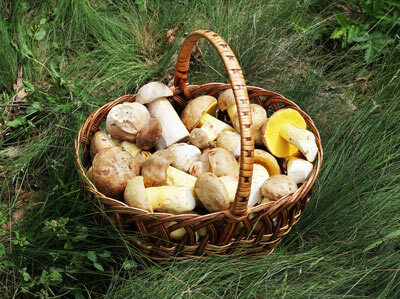
Today, nutritionists are actively arguing about the advisability of the presence in the diet of patients suffering from gout of mushrooms and legumes( peas, lentils, beans).Some experts argue that these products can provoke an exacerbation of the disease, others - dispute such a claim.
In the first version of the diet for patients with gout, approved by the Ministry of Health of the USSR, mushrooms and legumes - were present. If you want, these options for diets are not so difficult to find, you just need to turn to books about dietary nutrition, released no later than the 80-ies of the last century. Therefore, it is possible to include in a small amount controversial products in the menu not more often than 1 -2 times a month.
In these books you can find quite interesting ideas for cooking dishes that significantly diversify the diet, for example, it can be:
- pancakes from a zucchini or pumpkin with raisins or berries;
- salads from fresh cucumbers or fresh soup with fresh vegetables without heat treatment;
- corn tortillas or oat meatballs in milk sauce;
- currant jelly with sour cream;
- milk mousse;
- vegetable zrazy with meat filling.
In fact, the list of dishes is endless, it is limited only by the financial capabilities of the patient, the assortment of products on the shelves of stores and, of course, the availability of free time and culinary talent. However, regardless of whether there is time for cooking or not, you should not break the diet, let alone eat in catering establishments that do not specialize in cooking dietary dishes.
Doctor's consultation
The painful symptoms that accompany the onset of gout are similar in their intensity to the fire inside the joints of the fingers. And this feeling persists not only when walking or standing, but also in a state of complete rest.
In order to avoid painful symptoms, at the first anxious signs, seek medical help and accurately follow all the recommendations of the doctor in charge. Including those of them, which relate to the correction of nutrition. To create the right menu you will be helped by an experienced nutritionist who will tell you what you can eat with increased concentration of uric acid, and which products should be abandoned forever.


